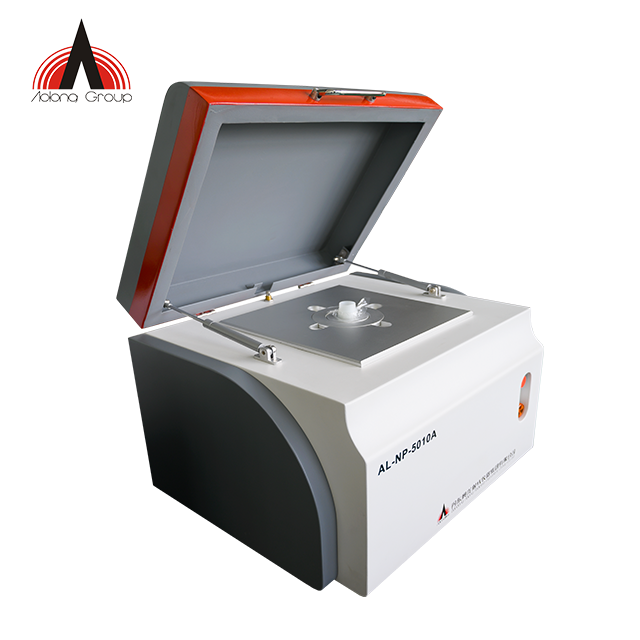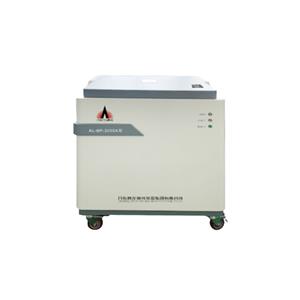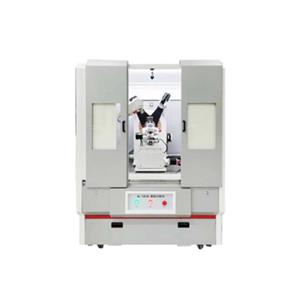¿Conoce realmente el espectrómetro de fluorescencia de rayos X?
The physical principle of X-ray fluorescence:
When a material is exposed to short-wavelength X-rays, or gamma rays, its constituent atoms may become ionized. If the atom is exposed to radiation with an energy source greater than its ionization potential, sufficient to dislodge electrons from the inner orbital, however this makes the atom's electrons The structure is unstable, and electrons in the outer orbits
In the process of
Transmission measurement
The transmittance of the X-ray Fluorescence Spectrometer or its efficiency can be determined using an auxiliary monochromator device. These measurements are achieved without any difficulty in the visible and near UV. The transmittance of the second monochromator is determined by measuring the luminous flux through the first monochromator, followed by measuring the luminous flux through both monochromators.
Absolute measurements require knowing the absolute transmittance of the monochromator: for relative measurements, transmittance can be measured in relative units at various wavelengths. These measurements of vacuum UV have considerable experimental difficulties, so auxiliary monochromators are usually used. The efficiency of the diffraction grating was measured separately at various angles of incidence. Calibration difficulties have been successfully avoided in many experimental steps.





